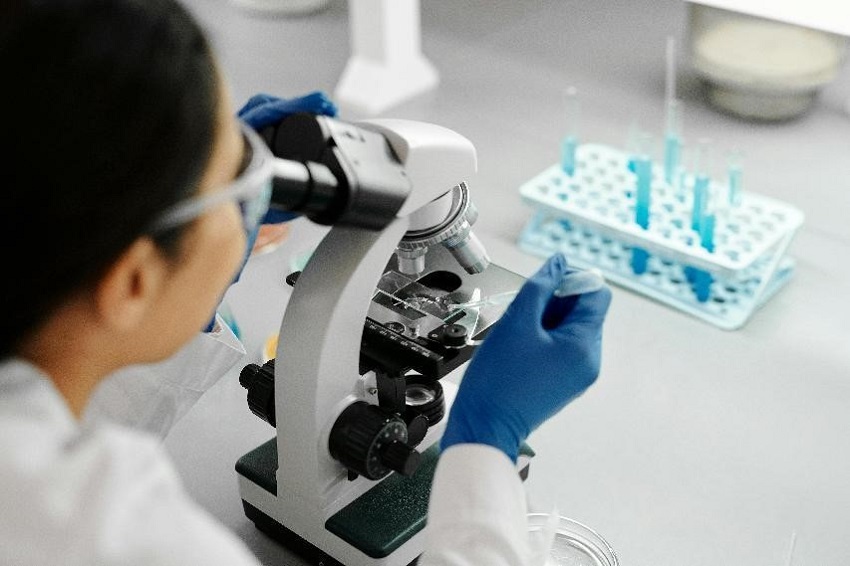Hello! I'm delighted to provide you with exclusive one-on-one consultation.
How can I assist you?
What is the process and cost of egg freezing?


In modern IVF technology, cultivating embryos to the blastocyst stage has become an increasingly common practice. But what exactly is this process, and why is it so highly regarded? Understanding the benefits of blastocyst culture may help you make a more informed decision when choosing your IVF treatment plan.
Blastocyst culture refers to the process of growing an embryo to the fifth day after fertilization, known as the blastocyst stage. From the moment of fertilization, the embryo undergoes continuous cell division, initially forming a cleavage-stage embryo on the third day and then developing into a blastocyst. Opting to transfer or freeze the embryo at this stage, rather than at the cleavage stage, offers several distinct advantages.
First, blastocysts generally have a higher live birth rate compared to cleavage-stage embryos, meaning they offer a higher chance of success. Since blastocyst culture better synchronizes with the endometrium, the implantation rate is significantly improved. Additionally, blastocysts typically have stronger developmental potential than cleavage-stage embryos, making them better suited to the uterine environment, thereby reducing the likelihood of rejection.
Moreover, the process of growing an embryo to the blastocyst stage acts as a self-selection mechanism, where less viable embryos naturally fail to develop, reducing the likelihood of poor-quality embryos being transferred and thus avoiding the wastage of resources. Blastocysts also possess greater resistance to freezing, with better repair capabilities after thawing, which is beneficial for future transfers. Modern techniques, such as PGS/PGD (genetic testing) and time-lapse monitoring, allow for more precise selection of high-quality embryos.
Another important advantage is that the rate of ectopic pregnancy with blastocyst transfer is lower than with cleavage-stage embryo transfer, increasing the chances of a successful pregnancy. Typically, only one blastocyst is needed during the transfer, which reduces the risk of multiple pregnancies, thereby safeguarding maternal and fetal health.

Understanding these advantages may give you greater confidence when selecting the right IVF treatment plan. IVF USA is dedicated to providing every client with professional services and support. Our expert team is ready to offer personalized advice and guidance to help you achieve your dream of parenthood. Currently, IVF USA offers services such as egg freezing and IVF in the U.S. for those in need. Our business has expanded beyond the U.S. to include IVF and egg freezing in Japan, Thailand, as well as Mexico, Taiwan, Hong Kong, and other regions. We work closely with IVF doctors worldwide. Please contact us to learn more about IVF, and let us work together to create more possibilities for your future.


Online Customer Service

In-Vitro Fertilization (IVF)

Female Egg Freezing

Fertility Assessment

Scan for Consultation

Back to Top